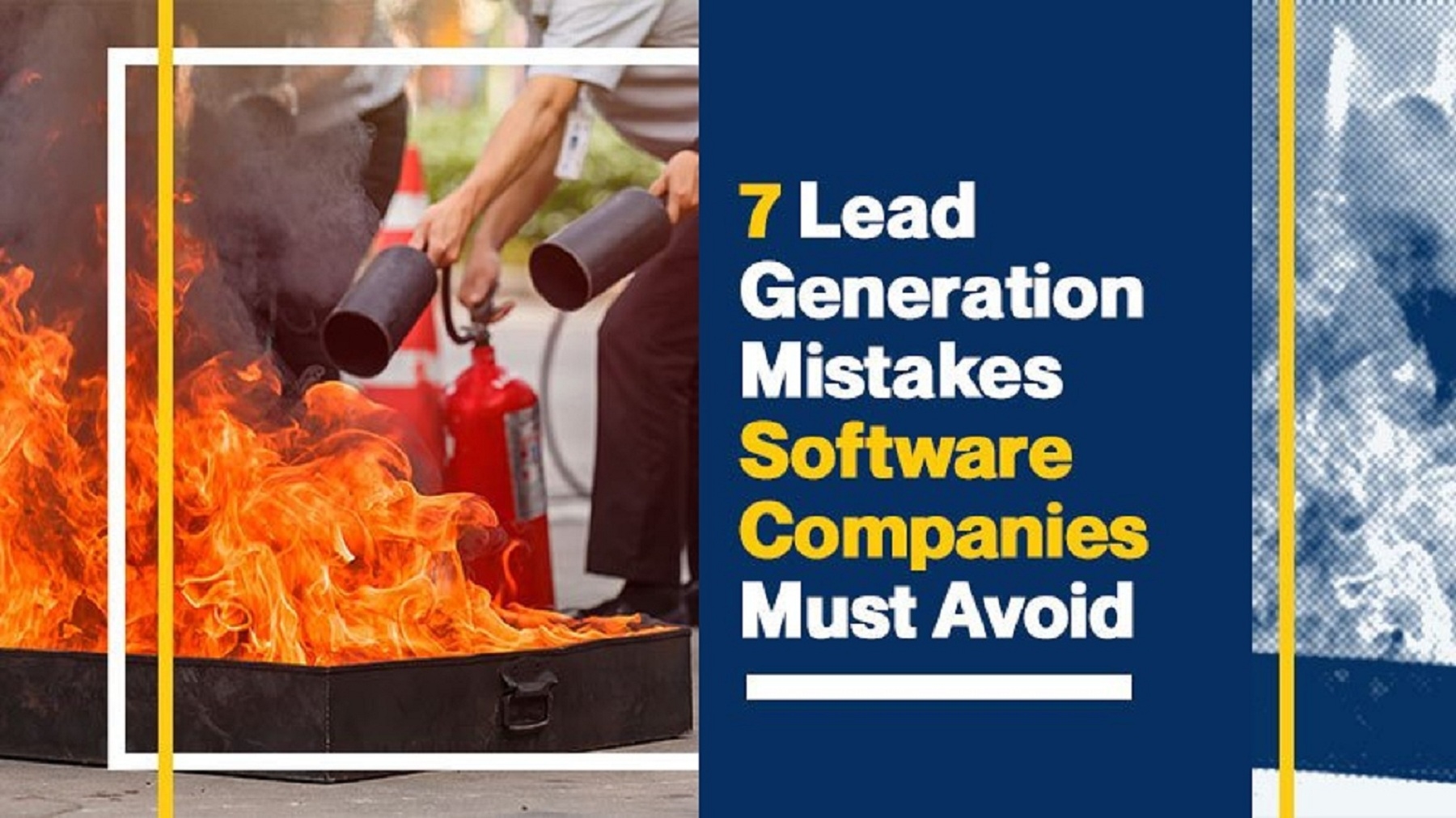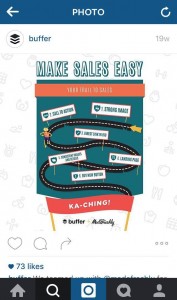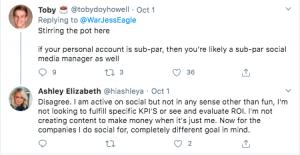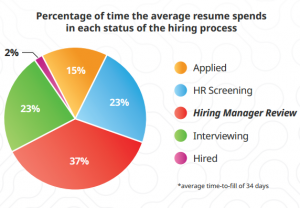— March 16, 2019

There are plenty of mistakes that can happen when you market your software product and to avoid these unnecessary mishaps certain precautions must be taken. From core competencies to poor timing, there are definitely a lot of things to watch out for.
Here are 7 common lead generation mistakes that software companies make in software selling along with some tips on how to avoid them:
1. Not Knowing the Core Competency of your Competitors
It is a natural default for potential buyers to compare and contrast specifications most especially when it entails entrusting their business processes to the effectiveness of the software tool being offered. When marketing your software product, be prepared to counter or give additional details about what you are selling and how it stands out from the competitor mentioned.
Do this professionally. Avoid bad mouthing the features being offered by your competitors. Instead, highlight what makes your product worth investing in and offer to add specific features that will address their needs.
2. Not Working with a Software Marketing Specialist at the Start
If you want to dominate the market, make sure to do things right from the start. This means establishing a team of specialists in your industry who can give you a better understanding of the process from end-to-end and the right guidance at the same time.
Working together with a software marketing specialist/firm allows you to cut your total marketing spend or get better output (e.g.: more qualified leads, higher conversion, and faster sales turnout) with the same budget.
How to identify the right software lead generation partner?
- Narrow down your choices to the companies with experience
- Review their track record, specifically their software lead generation experience
- Asses how well they integrate with your current marketing system
3. Marketing your Product to the Wrong Set of People
Spending so much of your resources marketing to the wrong set of potential buyers is an awful waste of your precious time. Some potential buyers seem promising in the beginning because they will respond to the way you engage them. Unknown to you, they will easily drop your proposal after spending so much time expounding on your product.
Remember that the right people will always translate into actual sales. Finding the right people for your software product is only possible by first identifying businesses who are highly likely going to need your software product. Identify the buyer personas who can be expected to respond well to your marketing initiatives.
A buyer persona, while semi-fictional in essence, represents the kind of buyers you should be targeting. Common data that would be accessible to you include demographics, buying behavior, goals, and motivations.
How can software companies find the right software leads & buyers?
Account-based marketing lets you engage multiple contacts/prospects within a target company using messages tailored to each contact’s role.
By connecting with different company contacts, you can improve your brand’s chances of reaching the right decision maker.
4. Believing that Word of Mouth Marketing Happens Naturally
Sure, word of mouth can work for some products. Unfortunately, not as well as you may hope for a software product such as the one you are trying to sell. A person who says he likes your software better than that of your competitor will not create a snowball effect.
If you want word of mouth to work beautifully for you as a marketing initiative, you have to get the information out to as many people as possible in order to start an effective trend. These people need to be convinced that your software product works and that it addresses a very important need. Positioning your product as a solution will really do wonders for your business.
How can ABM drive brand advocacy?
We now know that through ABM, you can bring your offer to multiple stakeholders. But by pairing ABM with multi-channel marketing, your touchpoints are in context, resulting in a better overall experience which is the foundation of every solid brand advocacy program.
5. Giving Excessive Amount of Information
If you are unable to summarize the best features of your product in 2-3 sentences, you may have to sit down with your team again to come up with this. Avoid giving too much information that has the potential to confuse or over educate your target clients. It tends to complicate their decision making when they have too many information they need to sift through and understand at the same time.
6. Poor Timing
In business, timing is everything. Study what is the best time to launch your marketing campaign, make a sales call or send out sales emails. You wouldn’t want to be caught in the middle of a tight season when your target clients are spending on other important expenses and would most likely reject your sales pitch.
How Marketing Automation fixes ill-timed lead generation touchpoints
With the right marketing automation platform, you can deliver relevant personalized messages across channels.
7. Making a Complicated Buying Process
A lot of potential buyers get turned off by complicated buying processes. The simpler the process, the better for a lot of business owners. For instance, there are vendors whose call-to-action is unclear or too complex to comprehend.
When buyers encounter this kind of complication, they tend to have second thoughts and this may result in a lost sales opportunity. Make sure that your product is easy to purchase.
This article is originally published at The Savvy Marketer
Business & Finance Articles on Business 2 Community
(87)
Report Post







